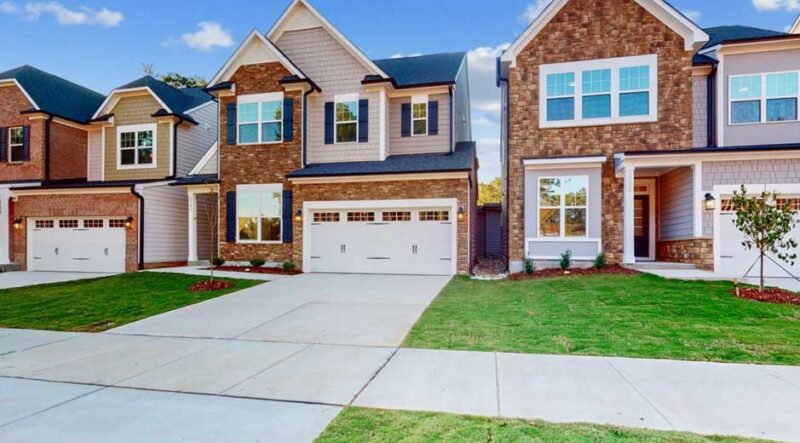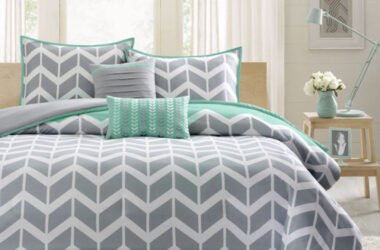Carriage homes have gained attention for their blend of functionality and character, offering a living style that reflects both tradition and modern convenience. These homes trace their origins back to practical beginnings, when they were built above carriage storage areas. Yet, today, they stand as adaptable and stylish housing options. They embody a charm that appeals to homeowners who want compact, efficient layouts without losing aesthetic appeal. With thoughtful design principles and key features that set them apart, carriage homes remain a versatile solution for urban settings, suburban neighborhoods, and even rural properties. We will explore the defining aspects of carriage homes, examining their design foundations, structural details, and the practical benefits that make them unique in today’s housing landscape.
Key Features and Design Principles of Carriage Homes
- Historical Roots and Modern Transformation
The origin of carriage homes can be traced to a time when they served as functional buildings, combining storage for carriages on the lower level with living quarters above. This dual-purpose design influenced the evolution of modern structures. Today, carriage homes retain much of their compact footprint but have transformed into full residential units with efficient layouts and contemporary finishes. The link between historical practicality and modern housing needs defines their character. Their structure highlights resourceful use of space, often built with smaller foundations while still offering ample comfort.
The charm of this housing style lies in its ability to honor historical tradition while meeting current lifestyle demands. Unlike larger homes that require expansive land, carriage homes thrive on adaptability, making them appealing for both city living and suburban developments. Many modern carriage homes plans emphasize this adaptability by combining practical layouts with timeless design, ensuring they fit seamlessly into different settings. Their architectural evolution reflects how design adapts to social and economic shifts while preserving aesthetic charm.
- Compact Size with Functional Layouts
One of the most defining characteristics of a carriage home is its efficient use of space. While these homes are typically smaller than traditional single-family homes, they rarely feel cramped when thoughtfully designed and planned. The layouts prioritize essential areas such as open-plan living rooms, integrated kitchens, and functional bedrooms, creating a sense of spaciousness despite the modest footprint. Storage is often carefully incorporated into the design, ensuring every corner of the home serves a purpose. Some carriage homes may feature attached garages or multipurpose ground levels, expanding utility without requiring additional land.
This combination of compact size and practical layouts appeals to individuals seeking manageable living spaces without unnecessary excess. It also supports sustainable living practices by minimizing the use of construction materials and energy consumption. Ultimately, the efficient structure of a carriage home makes it ideal for homeowners who value balance between functionality and comfort in a smaller setting.
- Architectural Style and Exterior Design
Carriage homes often reflect timeless architectural details that contribute to their enduring appeal. Many feature gabled roofs, dormer windows, or simple yet elegant facades that maintain a classic charm. Exterior finishes may include brick, wood, or stucco, chosen to blend seamlessly with surrounding environments. The design emphasizes proportions and symmetry, contributing to a visually pleasing exterior without extravagance. Unlike sprawling houses, carriage homes focus on modest yet attractive curb appeal. Outdoor areas, although smaller, are often designed with attention to detail, featuring landscaped gardens, small patios, or efficient driveways.
These exterior qualities strike a balance between aesthetics and practicality, endowing the home with both character and functionality. In modern developments, carriage homes often incorporate contemporary elements, such as sleek siding or energy-efficient windows, while still retaining nods to traditional forms. This blend of classic and modern architectural details allows them to remain versatile in diverse housing markets and neighborhoods.
- Multi-Functional Ground Levels
A unique aspect of carriage homes is the use of the ground level for purposes beyond traditional living spaces. Historically, this area housed carriages, but in modern contexts it may serve as a garage, storage space, workshop, or even an additional living unit. This flexibility enhances the home’s functionality, making it adaptable to a wide range of needs. For urban dwellers, an integrated garage offers convenient parking without requiring extra land. For homeowners in suburban or rural areas, the ground level might be reimagined as a rental unit, guest suite, or studio space, providing both convenience and income opportunities.
The ability to use the ground level in diverse ways reflects the adaptability that defines carriage homes. This principle ensures that each home remains relevant to contemporary lifestyles, offering more than just a place to live but also a foundation for creativity, practicality, and even financial advantage through rental opportunities.
Carriage homes are more than just compact living spaces; they represent a balance of history, practicality, and modern design principles. Their evolution from functional carriage storage with living quarters above to full residential units highlights the adaptability of architectural traditions. Defined by their efficient layouts, timeless exteriors, and flexible ground-level use, these homes cater to the diverse needs of homeowners seeking manageable, stylish, and sustainable living. They offer benefits that extend beyond the individual, contributing to communities and supporting eco-conscious lifestyles. With their thoughtful design and enduring appeal, carriage homes continue to be a relevant and meaningful option for those seeking both comfort and character in their living spaces.









